Wolf Creek 2 to use the new facility.
A new film production centre incorporating the South Australia Film Corporation (SAFC) is about to be officially opened tonight (Thursday) near the heart of Adelaide’s central business district.
The Adelaide Studios are not as expansive as Australia’s three major studio centres, which are all along the east coast, but they are a boon for those seeking out what the state is best known for: easy access to desert locations and ease of production because of the city’s small population.
“Our primary market is not international – we are not going to get Superman 17 – but it fills out the complement of studios in Australia,” SAFC chief executive Richard Harris told ScreenDaily.
At the heart of the complex is a set of spectacularly beautiful stone buildings dating back to 1870. They were built as a mental asylum but have been used for administration for the past few decades. A significant amount of the US$46m (A$45m) price tag for the production centre was spent on restoring and adapting these buildings.
The facilities on site include two sound stages, one 1,000 square metres and the other 400 square metres, a sound-mixing theatre which is currently seeking Dolby Premiere accreditation and a 96-seat screening theatre.
Writer/director Rolf de Heer is working on his new film The King Is Dead in the mixing theatre, filling the role “as guinea pig”. The comedy/thriller about a couple who have trouble with their neighbours and take the law into their own hands, was the last film shot at the SAFC’s old premises, which were adapted from warehouses many decades ago.
“What we have now is eons away from what we had before,” said Harris. Among the 25 tenants in the new complex are the Adelaide Film Festival, the Australian International Documentary Conference.
Scheduled to shoot in February, Wolf Creek 2 will be the first feature film to use the new sound stages, although the majority of the shoot will be on location. Like the original, it will be directed by Greg McLean, with John Jarratt again playing tourist-killer Mick Taylor.
South Australian Premier Mike Rann officially opened the building and SAFC chair, Cheryl Bart, also spoke. In a state renowned for its lack of rain, it was raining.
It was one of Rann’s final acts as premier — he hands over power to Jay Weatherill tomorrow after being rolled by his own party – which is appropriate given his enthusiasm for film during his nine-year reign.
The SAFC is the oldest state film agency in the country and dates back to a time when these government organisations made their own films, in this case Sunday Too Far Away, Storm Boy, Breaker Morant and The Club, which all emerged in the six years up to 1980.
Now it invests in the work of independent producers. This year’s releases include the UK/Australian co-production Oranges and Sunshine, the gruelling Snowtown and family film Red Dog, which has now sold $20m worth of tickets and is in the all-time top 10 list of local hits.
Senior production industry players spent today trying to work out how to ensure Australian content remains part of the media landscape once television and the internet become one in most Australian homes. It is a timely discussion because the deadline for submissions to the government’s Convergence Review is in a week.
Most of the discussion centred on television. In one of the few direct references to film, Justin Milne from Quickflix commented on the extent to which telecommunications companies were using movies as a “lolly” to encourage customers to buy their bundled services.


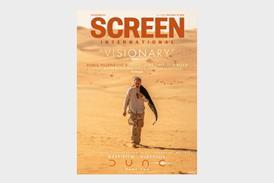


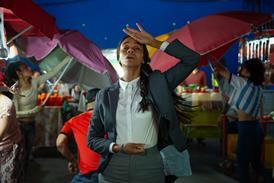



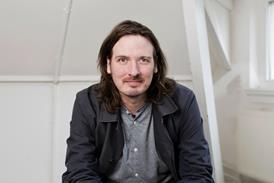

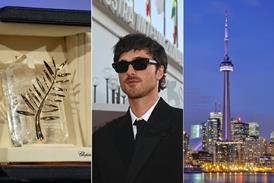


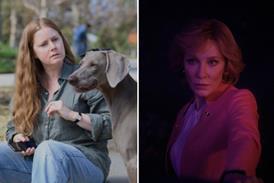
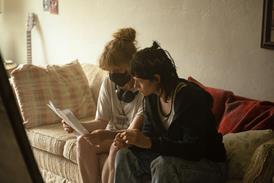

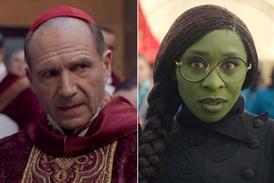




No comments yet